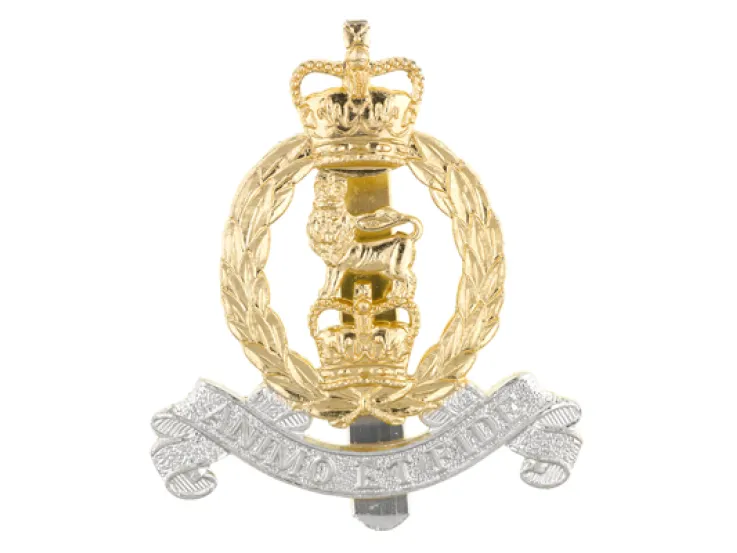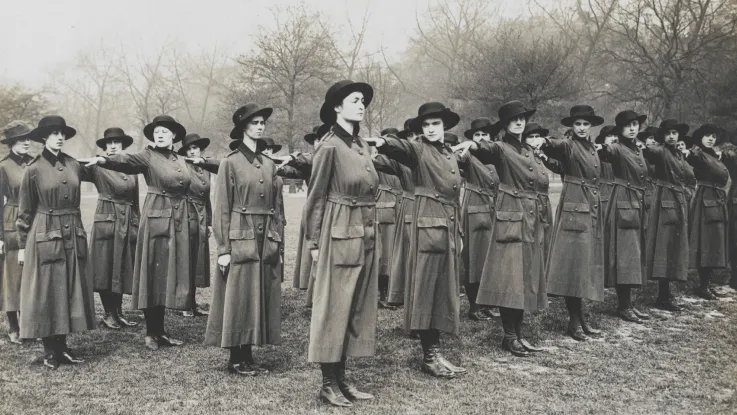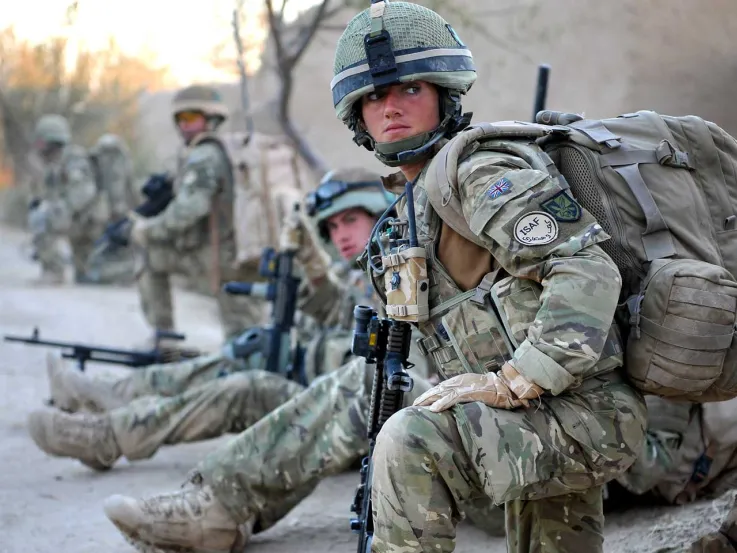Origins
The rise of Adolf Hitler in the 1930s, and the threat of another global war, led to the formation of a new women’s unit to free up male soldiers for the front line.
Many former members of the Queen Mary’s Army Auxiliary Corps (QMAAC) joined the Auxiliary Territorial Service (ATS), which was formed in September 1938. Its first Chief Controller was QMAAC veteran Dame Helen Gwynne-Vaughan.
The ATS served with distinction throughout the Second World War (1939-45).
Status
Unlike its predecessor, the QMAAC, whose members were firmly labelled as volunteers, the ATS was granted full military status from April 1941. However, ATS women were still not allowed to undertake combat roles.
Following this advancement, conscription was extended to include women in December 1941. All women conscripted into the Army entered the ATS, except for nurses, who joined Queen Alexandra’s Imperial Military Nursing Service (QAIMNS).
Roles
As with the QMAAC, roles were initially limited to cooks, clerks, orderlies, storekeepers and drivers. However, the jobs available were gradually broadened as demand for personnel increased.
By 1943, about 56,000 women were serving with anti-aircraft units, although they were still not allowed to fire the guns. Women were also now allowed to serve in all theatres of war with the ATS.
‘We did the same duties as the men. When they stood on guard all night they had their rifle, when we stood on guard we had a broom handle.’Regimental Sergeant Major Mary Coomer, Experimental Gunnery Assistant — 1938-45
Enlistment
Women came from all over the Empire to assist the British war effort. Around 5,000 members of the ATS served in the Middle East, with 80 per cent of them being locally recruited.
About 300 women from the West Indies served in the West Indies Auxiliary Territorial Service, a third of them serving in Britain. At first, these women were rejected by the War Office on grounds of colour, and later with claims that they would struggle to adapt to the British climate and culture, which would affect their ability to work effectively.
However, the growing demand for personnel, along with the Colonial Office’s request for a non-discriminatory recruitment policy on the grounds that it would greatly improve relations between Britain and the Caribbean, meant that black women were allowed to enlist in the ATS from 1943.
Legacy
By the end of the Second World War, around 250,000 women had served in the ATS. The skills they had picked up along the way were coveted by new and expanding industries in post-war civilian society, including banking and the newly founded National Health Service (NHS).
But the ATS had also proved that women were an invaluable resource to the British Army. Despite lingering reservations as to their abilities, women soldiers were no longer seen as just an emergency measure.
In 1949, the ATS was absorbed into the newly formed Women’s Royal Army Corps (WRAC), a permanent unit specifically for women serving in the British Army.
Women’s work?
In this video, discover how women’s contributions to the British Army have helped bring about change over the past 100 years. And see how Army recruiters have adapted their messaging accordingly.













